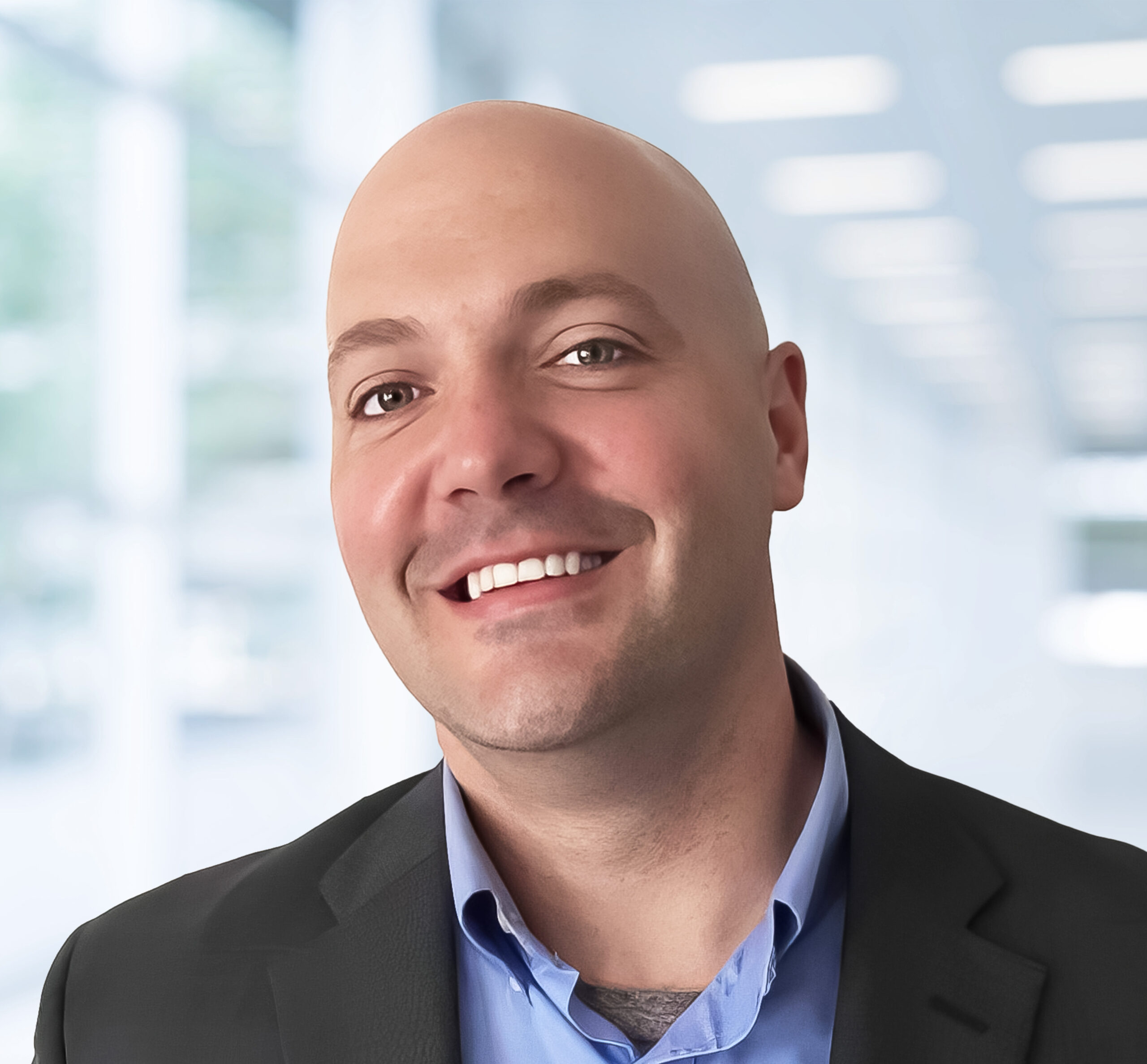How to Create Great Prompts for Great AI Responses
AI (artificial intelligence) is everywhere, but one common misconception is that AI can read your mind, as AI can only act on the information it is given. This is why crafting a well-architected prompt is crucial.
A good prompt ensures that the AI understands your needs and delivers the best possible response. Here, we’ll explore the four key components of a prompt: Clear Objective, Contextual Information, Desired Format, and Tone and Style.

1. Clear Objective
The first step in creating a good prompt is to define a clear objective. What do you want the AI to accomplish? Whether it’s generating a blog post, answering a question, or providing a summary, having a specific goal in mind helps the AI focus on delivering relevant and accurate results. For example, instead of asking, “Tell me about AI,” you could ask, “Explain how AI is used in healthcare to improve patient outcomes.”
2. Contextual Information
Providing contextual information is essential for the AI to understand the background and nuances of your request. This includes any relevant details, such as the target audience, specific examples, or any constraints. Context helps the AI tailor its response to your needs. For instance, if you’re asking for a marketing strategy, mentioning the industry, target market, and current challenges will yield a more useful response.
3. Desired Format
Specifying the desired format of the response ensures that the AI delivers information in a way that meets your expectations. Whether you need a list, a detailed explanation, a summary, or a step-by-step guide, clearly stating the format helps the AI structure its output accordingly. For example, you might say, “Provide a bullet-point list of the benefits of renewable energy.”
4. Tone and Style
The tone and style of the response can significantly impact its effectiveness. Whether you prefer a formal, professional tone or a casual, conversational style, specifying this in your prompt helps the AI match your desired communication style. For example, you could request, “Write a friendly and engaging introduction to a blog post about sustainable living.”
Get the Most from Your AI
Creating a good prompt for AI is all about clarity and precision. By defining a clear objective, providing contextual information, specifying the desired format, and indicating the tone and style, you can ensure that the AI understands your needs and delivers the best possible response. Remember, AI can’t read your mind, but with a well-crafted prompt, it can come pretty close to understanding exactly what you need.

Chris Hinch
Microsoft Practice Director
Wi-Fi 7: The Next Leap in Wireless Speed, Efficiency & Security
The evolution of Wi-Fi has been relentless over the past 25 years, and 2024 marked a transformative milestone with the arrival of Wi-Fi 7 (802.11be). As more devices compete for bandwidth and users expect uninterrupted, real-time performance, Wi-Fi 7 delivers a...
Microsoft Teams at Enterprise Connect 2025: Leading the Future of Collaboration
This week, Enterprise Connect took place in Orlando, and it was packed with exciting announcements from Microsoft. Ilya Bukshteyn, CVP - Microsoft Teams Calling, Devices, and Premium, delivered the keynote, highlighting several new features and updates that are set to...
The State of Email Security in 2025: How to Protect Your Users from Advanced Threats
Email: The #1 Target for Cyberattacks It’s no secret that email remains the primary attack vector for cybercriminals. Despite advancements in security technologies, attackers continue to evolve their methods—phishing campaigns, business email compromise (BEC), and...


